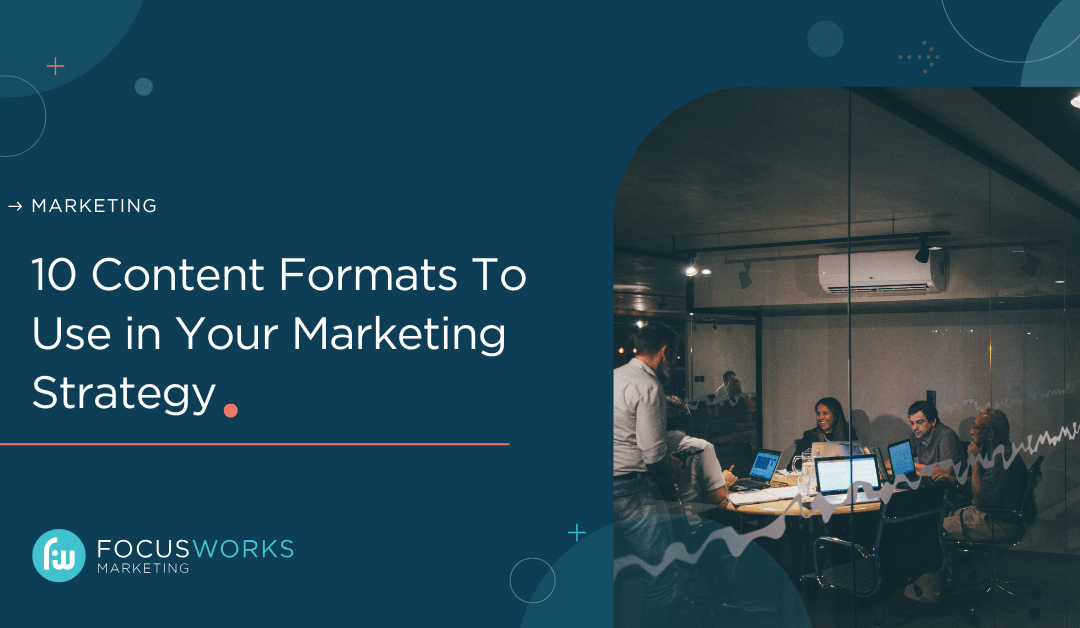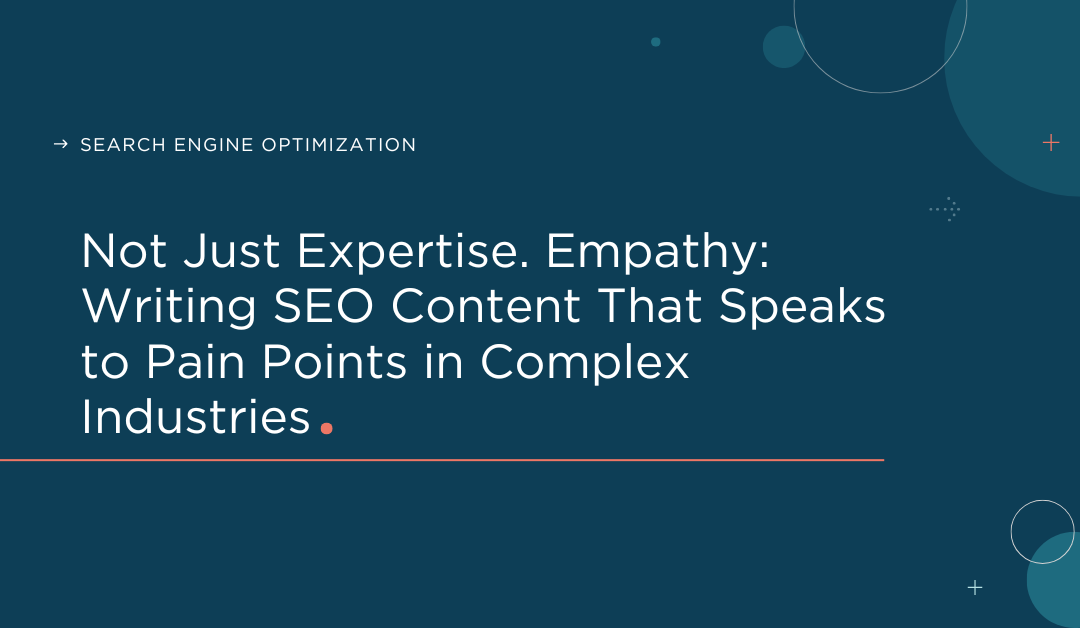So, you’ve got the law part down, but when it comes to website copywriting and design, you’re feeling a bit objectionable?
You’re not alone. It’s no secret that building a well-designed website filled with high-quality copy that converts is a struggle for law firms. However, in today’s digital age, having a solid online presence is just as critical as winning that big case in the courtroom.
Why, you ask?
Let’s look at the evidence. According to PR Newswire, 76% of consumers search for an online presence before visiting a physical location. Stanford’s Web Credibility research revealed that 75% of consumers judge a company’s credibility based on their website design.
Your website copy and design play a starring role in your online presence. Your website provides clients with their first visual impression of your firm and is a unique chance for you to connect, resonate, and convert your online visitors into paying customers.
So, how can you create standout website copy that wins visitors over when they land on the page? We’re giving you three keys to website content and design that attracts and converts leads.
Harness the power of legal website pages
Each page on your website has a unique purpose. Understanding this is key to creating content that both informs and converts. There are three main pages that you can use to turn those leads into clients.
Home page
First impressions matter, and your homepage is the first thing visitors see. It sets the tone for their entire experience on your site. Therefore, you need to ensure it’s welcoming and informative and addresses their pain points and concerns.
Consider these three tips:
- Use engaging visuals: Use high-quality images that convey your law firm’s ethos.
- Identify your unique value proposition (UVP): Tell visitors why they should choose your firm over others—do you boast a 98% case-win rate or have a knack for explaining complex legal jargon in plain English? Put that front and center in your website copy.
- Include trust signals: Display awards, certifications, and professional memberships to boost credibility.
With these elements, your homepage intuitively guides visitors to other important sections of your site, be it your practice pages, attorney bios, or client testimonials.
Practice pages
Each practice page is like a section of your law firm’s resume. Your practice pages highlight the types of cases you handle, your knowledge and experience, and how your firm is different from competitors. It’s the page where potential clients gauge if you’re the right fit for their needs.
Convince visitors that you’re the ideal law firm by:
- Showcasing your expertise: Highlight the areas of law you specialize in near the beginning of the page.
- Using client testimonials: Include testimonials from satisfied clients to build trust.
- Including case studies: Show potential clients real-life examples of how you’ve helped others in similar situations.
Attorney bios
Your attorney bio is your chance to connect with potential clients on a personal level. Striking the right balance between professionalism and relatability tells potential clients that while you’re a legal powerhouse in the courtroom, you’re also a human being with passions and interests outside of work.
Make your bios stand out by sharing personal stories, such as a courtroom show or personal experience that made you become a lawyer, and highlighting key wins. You can even include some personal information to foster trust with leads.
Prioritize conversion rate optimization
Once you’ve got visitors on your website, you want them to stay there and then take action.
That’s where conversion rate optimization (CRO) comes in.
CRO helps convince them to choose your law firm to get legal advice, representation, or an understanding of their rights. Optimizing your website for conversions keeps these visitors from browsing and bouncing. Instead, they’ll take meaningful actions that translate into revenue.
So, how can you optimize your website?
First, place clear, compelling calls to action (CTAs) at multiple strategic points on your site. A CTA is a powerful conversion copywriting opportunity to prompt your website visitors to take an action, be it signing up for a newsletter, booking a consultation, or downloading a legal guide.
Key locations for CTAs include your places like your:
- Homepage
- Practice pages
- Attorney bios
- Blog posts
- Website footer
You can also provide chat options on your website. Even if you rely on AI-powered chatbots, they can offer personalized, timely communication to capture leads before they leave your site.
And for you? It’s a chance to engage with a lead right when their interest is piqued, increasing the chances of conversion.
Balance SEO and web design
Imagine a world where peanut butter didn’t meet jelly, where Batman never met Robin, or where cookies never found milk.
Tragic, right?
Well, that’s the digital equivalent of having excellent search engine optimization (SEO) without user-friendly web design. Both are great on their own, but together, they’re a powerhouse.
The power of SEO and long-form content
So, what is SEO? Put simply, it’s a combination of keyword optimization, quality content, website links, and a bit of backstage technical magic that guides potential clients straight to your law firm’s website.
Long-form content is an instrumental part of SEO optimization. It provides detailed, informative, and in-depth insights on a topic, positioning you as an authority in your field. For a law firm, this could be a comprehensive guide on personal injury claims or an analysis of recent changes in family law.
Know what’s even better? Search engines love it too! It signals that your site provides valuable information, boosting your chances of ranking higher on search engine result pages (SERPs). Since 75% of internet users never scroll past the first page of SERPs, it’s imperative to do all you can to rank your page as high as possible.
How to balance SEO and web design
SEO is crucial, but you must balance it with user-friendly web design. While SEO gets leads in the door, the design and user experience convince them to stay, explore, and eventually convert.
Think about it.
Your website should be a visual treat, easy to navigate, quick to load, and optimized for desktop and mobile views. You want to provide an experience, not just information.
You can avoid the dreaded bounce by:
- Using engaging visuals: Break up long sections of text with relevant images or infographics to make the content digestible and add visual appeal.
- Incorporating white space: Space out website elements and keep paragraphs short to make your pages look clean, organized, and easily skimmable.
- Including interactive elements: Think sliders, videos, or even quizzes. They engage the visitors and make them spend more time on your site.
Unlock the power of digital mastery for your law firm
In today’s digital age, where every click counts and every visitor is a potential client, you’ve got to harness the power of compelling website copy, SEO, and user-centric web design for success. Each element can transform your website into a lead-generating machine when used correctly.
But here’s the golden nugget: while knowledge is power, execution is the key.
That’s why FocusWorks is here to help. Our combination of SEO expertise and experienced attorney copywriting enables you to build a digital presence that’s both powerful and compliant. With our boutique approach to digital marketing, we personalize every strategy to your firm’s unique needs.
Schedule a call today to discover how to harness the power of website copy to bring in more leads for your law firm.



